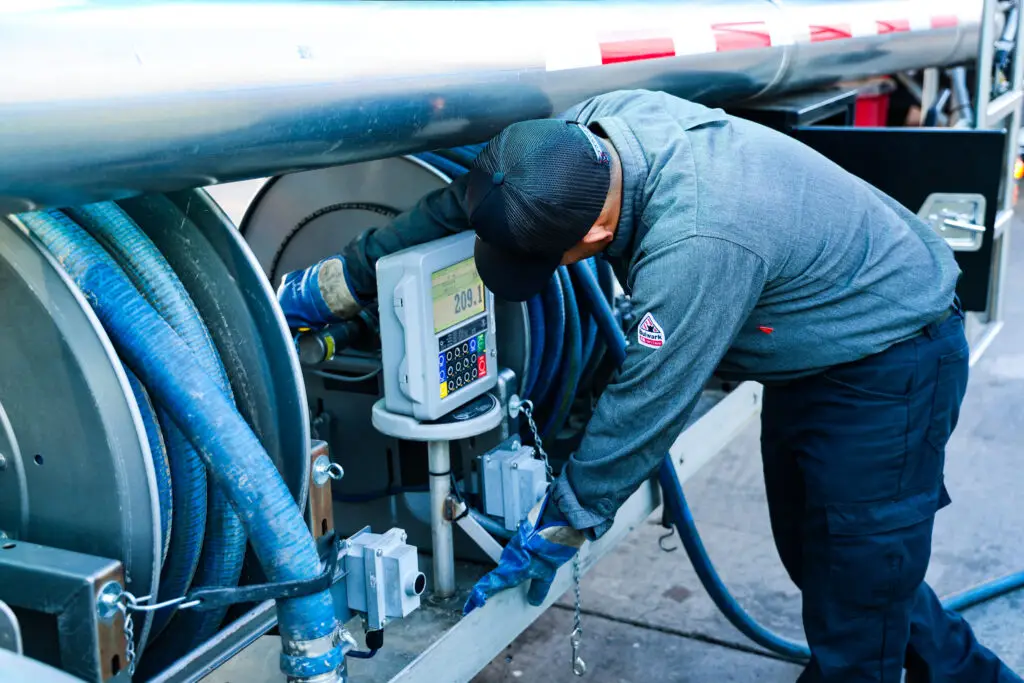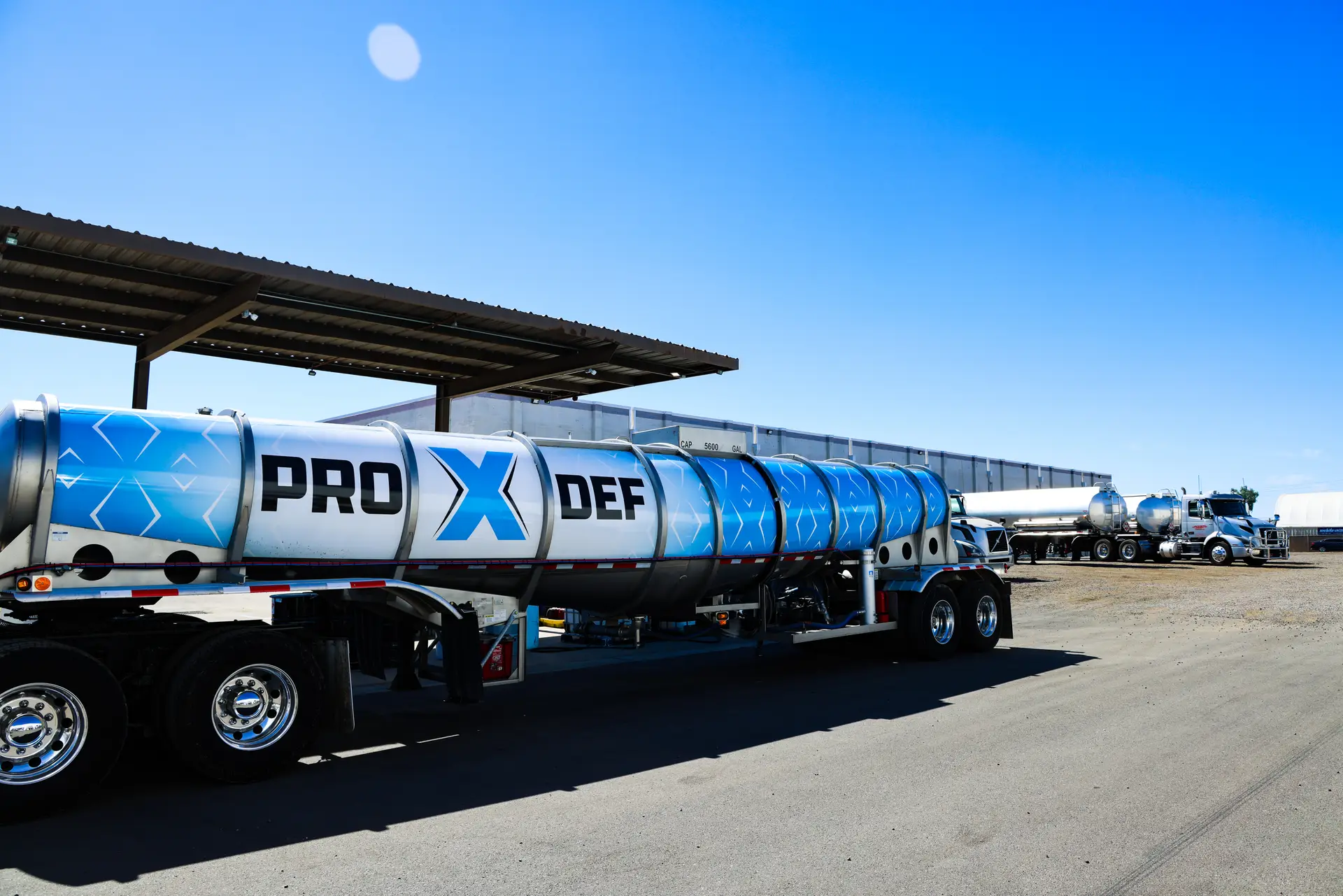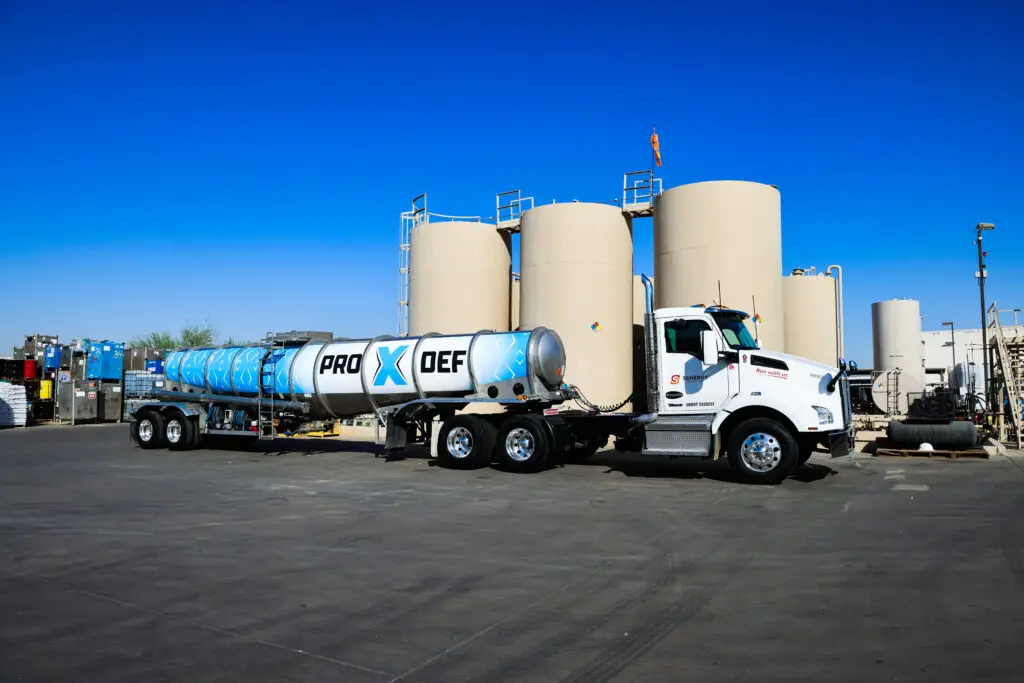While DEF isn’t a fuel, it’s a critical component for keeping modern diesel engines with Selective Catalytic Reduction (SCR) systems running efficiently. If you’ve ever struggled with heavy DEF containers or hunted for it along the highway, you know just how much convenience matters. That’s where DEF at the pump truly stands out.
Pump-fill DEF is becoming increasingly common, especially at truck stops and fuel terminals where commercial operators need quick and hassle-free refills. Instead of wrestling with jugs or waiting until you’re back at your home terminal, you can simply pull up, insert the DEF nozzle, and fill up as easily as you would with diesel fuel. It saves time, reduces mess, and keeps your operations running smoothly.





